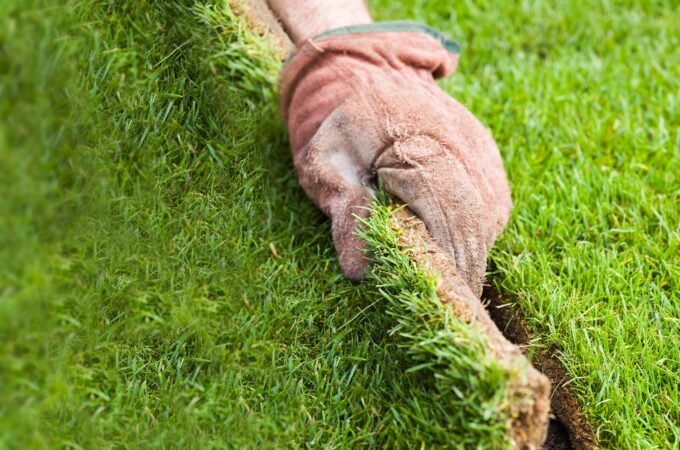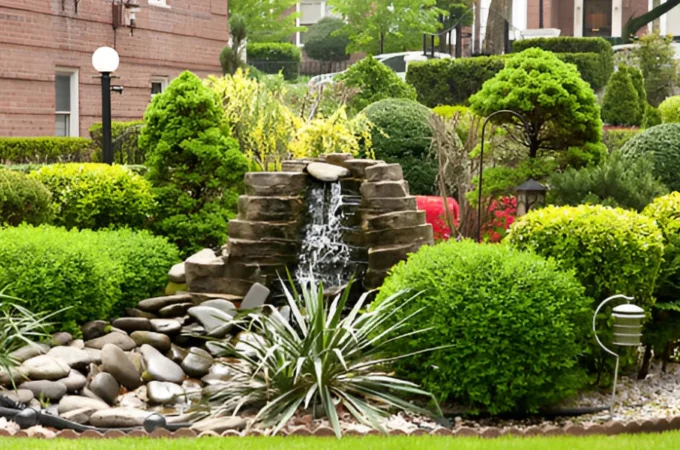
Flower Power: How Do You Start a Garden for Beginners?
Did you know there are many benefits associated with gardening? Gardening can help reduce anxiety, increase your memory, boost mood while reducing stress levels, improve creativity, and more! If you’re considering when to start a garden, then there’s no better time than now.
Knowing how to start a garden, however, takes a bit of research and patience to ensure it’s done correctly. If you’re a beginner gardener, then you may have a few questions about how to start a garden and maintain it. Thankfully, we have the answers you’re searching for.
In the guide below, you’ll find several steps for starting a garden for the first time. Continue reading to get started.
Table of Contents
ToggleDecide What You’ll Grow
First things first, you’ll need to decide on what you’ll grow in your garden. You have several options and are as follows:
- vegetables
- fruits
- flowers
- herbs
Do you want to learn how to start a flower garden or how to start a vegetable garden? Do you want to have a variety of flowers and crops?
When starting a flower garden, be sure to know what flowers grow best in your area. Once arriving at your local nursery to select your flowers, ask about the different plants available that are native to your area. These plants or flowers will thrive in your garden.
When selecting different crops to grow in your garden, it’s reasonable to grow what you’ll eat or share with others. It’s ideal to grow vegetables, fruits, and herbs that your family enjoys the most.
Select an Ideal Location
Now it’s time to select a good location for your garden. The ideal location for your garden will depend on the type of plants, flowers, and crops you’re growing. There are a few factors to consider when selecting the location.
- the amount of sunlight versus shade
- a spot you see on a daily basis
- somewhere close to a water source
- a space away from high foot traffic zones
Different plants require different amounts of sunlight and shade throughout the day. The same is true for how much water is required.
You can ask your local gardener for more information about each of the plants you choose to grow. Most plants will come with care instructions when buying them to help you remember how to properly care for them. If you need even more information, then never hesitate to conduct research online.
It’s a great idea to save each instruction sheet that comes with your plants until you’ve remembered each one. Aside from finding an ideal location for proper sunlight and shade, you should also consider finding a spot for your garden where you’ll see it on a daily basis. This will help you remember to tend to it and help you notice signs of pests and disease in the early stages.
Last, be sure to find a location that’s not in a high-traffic area. You don’t want pets and small children running through the garden.
Purchase Your Gardening Equipment
Before you leave the nursery and bring your new plants home, don’t forget to purchase all of your gardening equipment. There are a few gardening tools that every gardener should have. These tools make gardening much easier and more enjoyable.
Some basic tools to consider are as follows:
- hand tools
- garden shovel
- scuffle hoe
- garden hoe
- dirt rake
When purchasing these tools, it’s best to select quality items. You want to stray away from plastic tools and steer more towards metal tools if possible. All gardening tools should be kept sharp and in good condition as well to ensure it doesn’t become a hassle to use them.
Create Your Garden Beds
After deciding what you want to grow and where your garden will be, you can start building your garden beds. Before you build the garden beds, there are a few factors you want to consider first. A few of these factors are as follows:
- type of garden beds (raised or sunken)
- the size of the garden beds
- blocks or rows
Raised garden beds can make it easier for you to work in the garden. Keep in mind that they can dry out faster than sunken beds, however. If living in a dry environment, then a sunken bed might work better.
You can plant the seeds in blocks or rows. If you choose blocks, then make sure they’re narrow enough for you to reach the entire block without having to step into the bed or damage any surrounding plants to reach the middle. You can also get creative and use different shapes rather than rectangles or squares for the beds.
Find Ideal Soil
The soil you use in your garden is essential for your garden’s health. Not all plants require the same type of soil to thrive. You’ll want to speak with the gardener at the nursery about proper soil for the different plants.
Some things to consider when selecting soil are the following:
- soil pH levels
- clay
- sand
- rocks
- silt
- loam (mixture of clay, silt, and sand)
Will your garden thrive in acidic soil or soil with a neutral pH? You can purchase an at-home soil test to test the soil before planting your garden in it.
Plant Seeds or Seedlings
Keep in mind that some plants will grow well from seeds and others will grow well when you start them in your garden as transplants. Speak with your local gardener about the best option for each type of plant and do some extra research of your own as well. After doing so, there are a few things to keep in mind such as the following:
- the watering schedule
- feeding them regularly
- preparing for the frost
Make sure to water each plant accordingly. Some will need water every day while others will require watering once a week. It’s also a good idea to provide proper nutrients for your plants on a regular basis through the use of fertilizers.
Last, ensure you know the frost dates in your area so you don’t plant too soon and to ensure you’re able to collect your harvest before the next frost occurs.
It’s Time to Start a Garden
There’s never been a better time than now to start a garden. Although starting a garden as a beginner can seem like a challenge at first, with time you’ll learn how to properly care for a variety of plants. Use all of the helpful information listed in this guide above to get your garden started.
For other home improvement topics, you can check back here often to find new posts!






